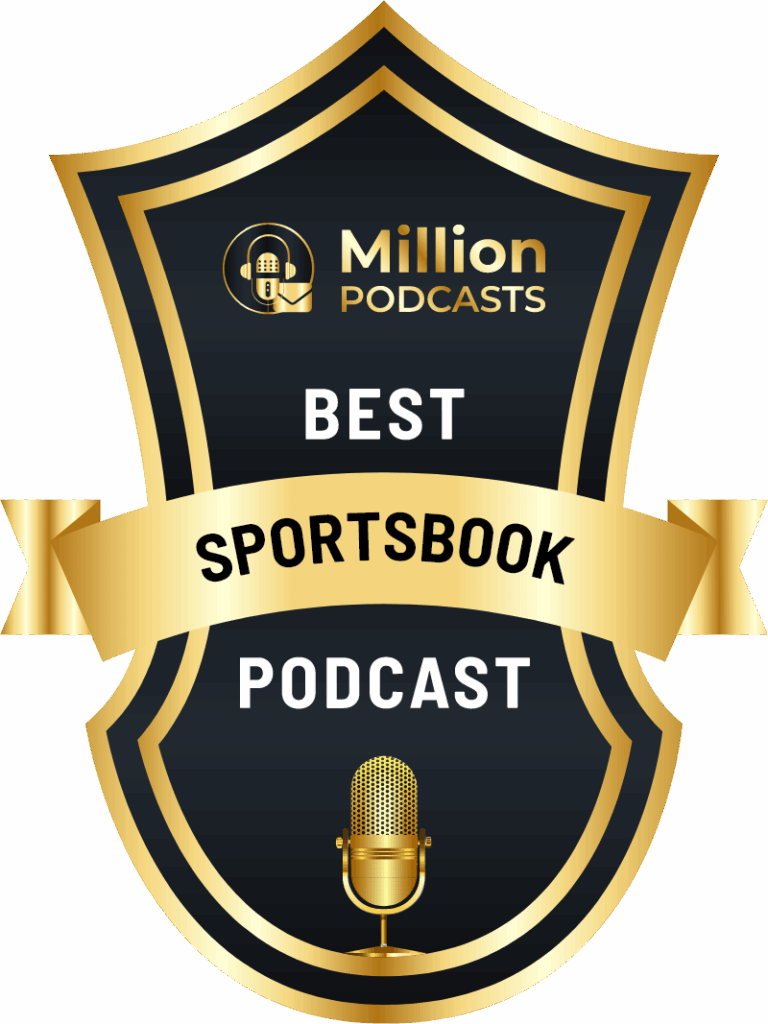What would The Godfather be without Vito Corleone? What would Oliver Twist be without… Oliver Twist? What would Georgia be if the devil never visited, or it did not cross Ray Charles’ mind?
Obviously, the last of these is an attempt at hyperbole, but the answer to the question, or questions, of what these stories would be missing is this:
They are hollow. Truncated. Incomplete.
To attempt to tell the story of baseball without the most feared player of all time would be an injustice to those who were there to witness it, the forefathers who made it possible, and the future that is yet to learn about the legends of the sport. By excluding Barry Bonds from the Hall of Fame, baseball is sending a message that greatness cannot be remembered if a small group of people does not want it to be.
Simply put, here is Barry Bonds.
Barry Bonds in his famous Giants uniform
The Most Intimidating Player Ever
Everybody knows that Barry Bonds finished his career with the all-time home record of 762. This beat out Henry “Hank” Aaron’s mark of 755 in 1,335, or just under 10%, fewer plate appearances.
Bonds also set league records in walks (2,558) and intentional bases on balls (688) as opposing pitchers were too terrified to even give the 6-foot-1 lefty anything to swing at. One of baseball’s greatest moments, to the point that it looks like satire, is Barry Bonds getting intentionally walked with the bases loaded. At his apex, there was nobody who could stand toe-to-toe with Bonds and consistently walk away unscathed— much less a winner.
The longtime San Francisco Giant and once-Pittsburgh Pirate had his most memorable season at 36 years old when he smacked 73 home runs, won his fourth MVP award and cemented his place in history as the most dominant batter of all time.
This year would later fall into infamy, however, as it has been earmarked as the first year that Bonds began taking anabolic steroids and human growth hormone, among other substances, which had been banned by the league’s rules.
A Black Cloud
According to BALCO (a former Bay Area Pharmaceutical company) and MLB records, this continued through the 2006 campaign, a six-year span during which Bonds accumulated 240 homers (only managing five in a shortened 2005 season), 525 RBIs, and 879 walks. These numbers equate to 31.5%, 26.3%, and 34.4% of his career totals in 24% of his career games played.
Obviously, the numbers are skewed from where they would be expected, assuming an even distribution across his career, and that is a result of the steroids that he was taking. The strange part of it is that Bonds had not been regressing in his later years as one might expect, and the steroidal injections appeared to be born out of desire more than necessity.
Bonds’ 2000 season, one in which he finished second in MVP voting, saw him hit 49 homers, the highest season total of his career at that point, staying mostly healthy in the process. The 35-year-old had already been revered for his lethal combination of speed (34th all-time in stolen bases), strength, and fielding ability (eight-time Gold Glove winner). While a historical look back under the lens of his steroid scandals can taint his legacy, his greatness throughout his career was undeniable— and it was unavoidable.
Moving the Goalposts
The performance-enhancing drug era has affected baseball and its hall of fame voting tremendously, and there is no rulebook on what to do.
Sports like track & field introduced random drug testing in 1989, though they chose to leave previous world records standing. This came just after “the dirtiest [race] in Olympic history,” the men’s 100m final in Seoul, South Korea. This race pitted Canadian Ben Johnson, later found to have been taking steroids and stripped of his title, against American Carl Lewis, who a former teammate and team doctor have said was found to have been juicing but still allowed to participate in the Olympics because of his importance to Team USA.
The NFL Hall of Fame notably excludes players from its inner circle for off-field issues that can be objectively decided on by its voters. There are no explicit guidelines, which is why a player like Terrell Owens was forced to wait three times before being welcomed into the Hall despite having a consensus top-five wide receiver career.
If the Baseball Hall of Fame operates under a similar assumption that it has the right to exclude players for matters not directly related to their play, then it begs the question of why their memorials look the way they do.
Scandals and Vandals
Ty Cobb is known for being one of the most talented hitters and overall best players in baseball’s storied history, posting three seasons of .400+ batting, thus making it in in the inaugural Hall of Fame class; he also had multiple counts of assault, one in which he went into the stands during a game to fight a fan, was a known racist, and even allegedly bet on his games.
Whitey Ford helped pitch the New York Yankees to the pennant in every year from 1949 to 1958 bar one, a stretch which helped him walk into the Hall of Fame as a member of the class of 1974. He has also admitted publicly and repeatedly to cheating in the later years of his career, sometimes cutting the ball with his ring, sometimes covering it in mud, or even bringing concoctions that he made at home to lather the ball in. Ford is still in the Hall to this day and had no problem confessing “[for] a salary of about $800,000 a year, I’d do whatever I had to do.”
Rogers Hornsby won two Triple Crowns but was frequently moved from team to team in his managerial career for failing to strike relationships with any of his players, and it was later reported by the legendary Fred Lieb that Hornsby had admitted to being a member of the Ku Klux Klan. “Rajah” also was thought to have released Catholic players from his squads because of his prejudice against them, a charge that still has not been deemed too large to remove him from the Hall.
Ken Caminiti, who died of a cocaine and heroin overdose, admitted to using steroids during his 1996 MVP season. Alex Rodriguez, who received 34.3% of the vote in his first attempt at the Hall, stated that he used PEDs from 2001-03, which also produced an MVP year. Mark McGwire famously revealed that he used steroids for stretches in his career, including a year in which he hit a then-record (now number-two all-time) 70 home runs in a season.
Just recently the Houston Astros were found to have been stealing signs as they cheated their way through the 2017 and ‘18 seasons, winning the World Series in the former— punishments were levied against the club, but their title was allowed to stand.
So, baseball legacy can be composed of criminals, assailants, racists, and cheaters, but a player with a Hall of Fame-worthy career before his eventual steroid usage began does not belong. Bonds had no notable character issues, but his form of cheating was not acceptable; others are, though.
What the Baseball Hall of Fame has is a clear case of unmet hypocrisy and blatant disregard for the integrity of the sport. There is no NFL without Tom Brady; there is no NBA without Michael Jordan; there is no soccer without Leo Messi; there is no boxing without Muhammad Ali; there is no golf without Tiger Woods; there is no baseball without Barry Bonds.
The fact that Barry Bonds will never make the Hall of Fame is the biggest crime in the sport’s history. And there is no fix.











